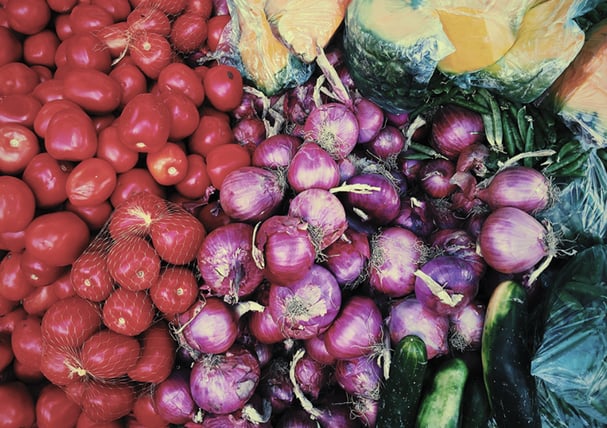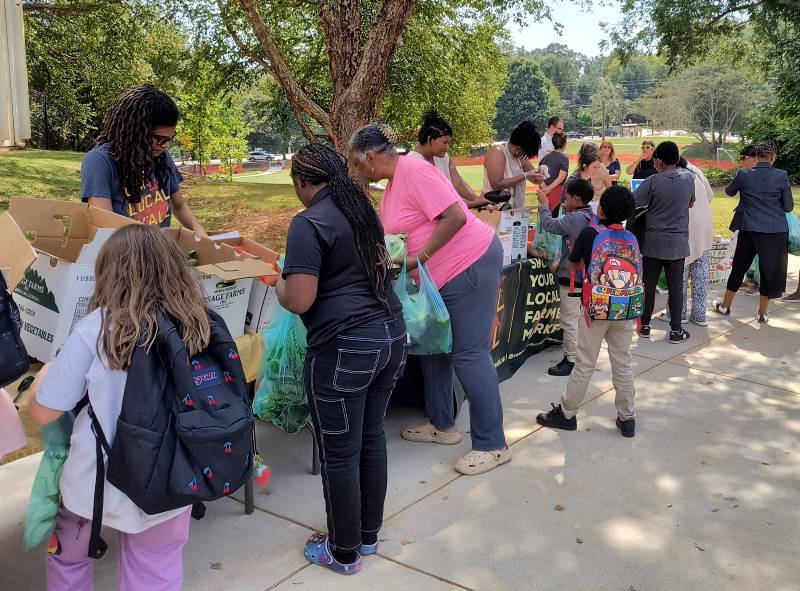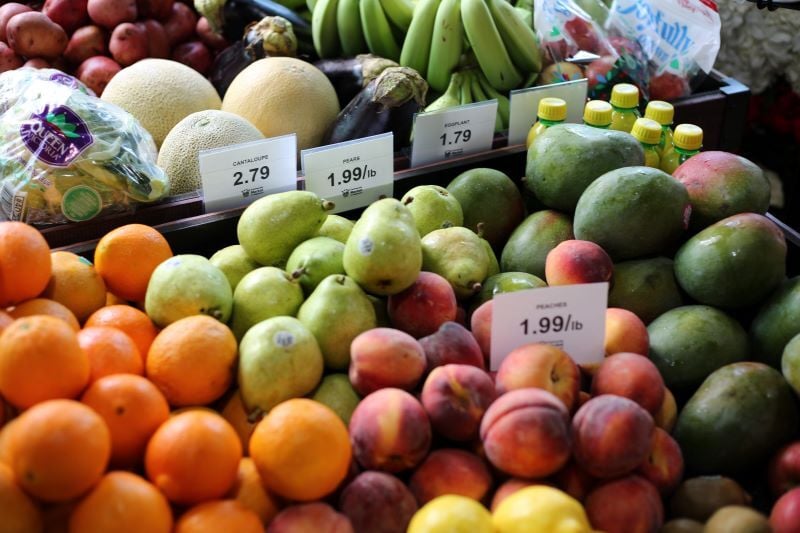Whenever I am asked if I have any dietary restrictions, say at a wedding reception or a nice restaurant, I always say that I’m a vegetarian. In truth, that’s not quite correct. I say it because it’s the closest thing to what I really am – an aspiring climatarian. Something tells me if that was my answer, I’d be met with a raised eyebrow.

Let me unpack what a climatarian is before I explain why I’m aspiring to be one.
The Climate Impact of a Plant-Forward Diet
A climatarian is someone who bases her or his dietary preferences on what foods will have the lowest contribution to global warming. It turns out that reducing your diet’s carbon footprint is one of the most impactful individual climate actions you can take. We can’t all put solar panels on our roofs, but adopting a plant-forward diet is something that most of us can do.
But how? What are the changes that will make the most difference on the carbon footprint of our food? Perhaps you’ve heard phrases like “eat lower on the food chain” or “eat local.” Meatless Mondays are a thing, and you may know that red meat is a bit of a villain in the climate space. Clearly, we need an understanding of which foods have the highest carbon footprint and why they do.
Understanding the Connection Between Emissions and Food
To that end, Our World In Data created an amazing graphic that I urge you to spend some time with. And if you are interested in learning more, here is their article from January 2020 about the carbon footprint of your food.
To orient you a bit to the graphic, foods listed at the top contribute more to global warming than the ones at the bottom, and the ranking is standardized by greenhouse gas emissions per kilogram of the food product. For instance, a kilogram of beef brought to market results in 60 kilograms of carbon dioxide equivalent, while a kilogram of poultry meat brought to market results in only 6 kilograms of carbon dioxide equivalent. So you can say that chicken has approximately one-tenth of the climate impact of the same amount of beef.
Greenhouse Gas Emissions and Food Production
It is critically important to also look at the different colors in each horizontal food bar. Food production is a system, and greenhouse gases are emitted at all stages of that production system. These colored segments of the lines show which stages of production, from land-use changes to transportation to packaging, contribute the most to the total carbon footprint of various foods. In other words, they tell us a lot about why some foods are worse for the climate than others.
Beef is a challenge for two reasons. First, lots of forestland is cut down globally to clear the way for cattle grazing, which releases a lot of carbon into the atmosphere from what was stored in the trees. That’s the green part of the beef bar. Even bigger though is the brown part, representing emissions on the farm. For each of beef, lamb, and cheese, this is the largest section of the bar. That’s because cows and sheep are ruminant species, and their digestive processes release methane, a powerful greenhouse gas.
The takeaway is that if you primarily eat foods toward the bottom of the chart, you will keep more greenhouse gases out of the atmosphere than if you eat higher up. And you might notice that the foods toward the bottom have one main thing in common – they are derived from plants. This is why a plant-forward diet is one of the 20 high-impact solutions for Drawdown Georgia.
Improving Your Food Footprint with a Plant-Forward Diet
Now, why did I say I was aspiring to be a climatarian? It’s because cheese is one of my guilty pleasures. I definitely have room for improvement, as nearly all of us do when it comes to reducing our carbon footprints. That said, by eating a mostly vegetarian diet, I have definitely reduced my food footprint compared to what it was. Perfection isn’t my goal – improvement is.
So maybe you aren’t ready to be a climatarian yet, but I bet you can become a reducetarian. Look for things that you eat that are high on that chart, and start by reducing how much of them you consume. Make red meat a luxury, not a staple. Get your protein more from tree nuts than from animals. Try that Meatless Mondays thing. Just by eating more of a plant-forward diet than you are today, you’ll be making a difference. And if I had to bet, you’ll feel better too. It turns out that Momma was right when we were kids - those fruits and vegetables really are good for our health. They’re good for the climate too!









